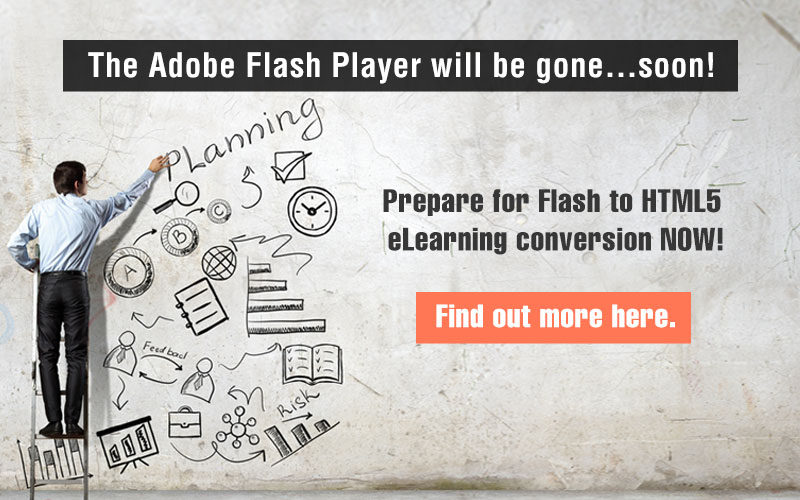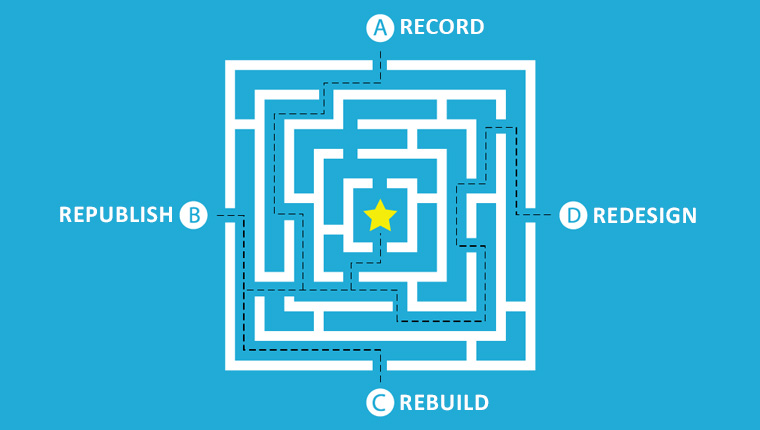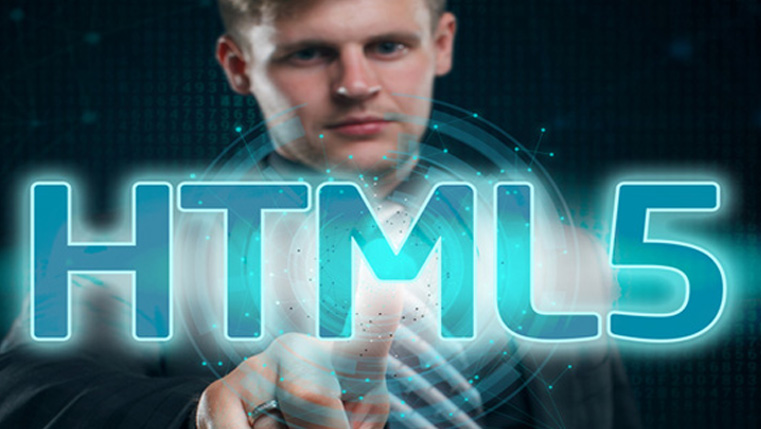Converting Flash to HTML5? 3 Ways to Extract Content without Source Files

Finally decided to make a move from Flash-based eLearning to HTML5? Then you must have gathered all the existing assets and evaluated which ones need to be converted. While converting Flash to HTML5, I’m sure you must have come across many Flash courses which do not have source files, isn’t it? This is probably because the source files are misplaced or corrupted, the system where they were stored malfunctioned, or maybe your eLearning vendor never provided them in the first place. Well, all is not lost because your existing Flash courses can still be converted to HTML5. Here are 3 ways content can be retrieved from Flash-based eLearning courses that have no source files, and used to develop HTML5 courses.
Extract content from Flash courses without source files
- Use Microsoft OneNote
- Use Free Online OCR Software
- Opt for Manual Typing
3 Ways to Extract Content When Converting Flash to HTML5
1. Microsoft OneNote
Often overlooked as a note-keeping app, we at CommLab have been leveraging its range of features that most are unaware of. OneNote can be used to jot down notes, digitize the handwritten notes to text, and even organize a collection of personal information. To put it simply, Microsoft OneNote functions as a digital version of a paper notebook that even allows collaborating and sharing notes with other OneNote users over a network or the Internet. How is this app used to retrieve content when you are converting Flash to HTML5?
The process entails eLearning course developers taking a print screen of each slide of a Flash-based courses, pasting them in OneNote, and using the ‘copy text from image’ option to retrieve content. This content can later be used in the HTML5 version of the course. In case you’re wondering if this method to convert Flash to HTML5 can be used for large-scale projects, we used OneNote to convert more than 1500 Flash-based eLearning courses that did not have any source files into HTML5, output within record time.
2. Free Online OCR Software
If you are working in an office equipped with a document scanner, then you must have stumbled upon OCR. OCR stands for Optical Character Recognition that can convert any possible images containing text (handwritten, typed, or printed) into machine-readable text data. Unlike OneNote, OCR software is available online and doesn’t require a subscription.
Coming to content extraction in converting Flash to HTML5, we have been using online OCR software for many of the projects that needed to be converted and developed within tight timeframes. Since OCR software is available online, more courseware developers can be included in the project when it needs to be scaled up. The process entails taking screenshots of each slide of the Flash-based modules, saving them in the image format, and uploading to the online OCR software. The text in the image gets automatically extracted, which can be downloaded in 3 formats:
- MS Word documents (.doc)
- Microsoft Excel (.xls)
- Plain text (.txt)
Downloading as a Word document provides the additional benefit of spelling and grammar check in Microsoft Word app, saving ample time on manual checking. To add, while you are converting Flash eLearning to HTML5, the extracted content can also be translated into multiple languages such as French, Brazilian, Chinese etc., in the OCR software itself.
However, if your Flash-based courses contain slides that have text on images, chances are OCR might not be able to render the correct text. In such situations, going with the third way of retrieving content becomes the only option.
3. Typing Manually
The most time-consuming amongst all the methods, manual typing is the only way to retrieve content from images when other methods fail to do so. Also, OneNote and OCR cannot render exact content if the fonts on the images are small, different in style, and contain gradient colors of the background.
If you choose to outsource this job of converting Flash to HTML5 to an eLearning vendor in India who has expertise in eLearning translation and localization, it will be way cheaper than other countries such as the US and UK.
Other Interesting Points to Consider
- Here’s good news for those whose Flash-based courses which were developed in Lectora. There’s no need to go through any of these methods since older versions of Lectora produce HTML output. The content from your already published Flash-based courses can be directly selected and used in the HTML5 version of the course, unlike other popular authoring tools such as Captivate, Storyline, and iSpring to name a few.
- Although the content from your Flash-based online courses can be retrieved using the three methods, it can be a time-consuming and tedious process. Is there a better way to utilize and convert your Flash-based courses to HTML5 when there are no source files? Opting for the Record Conversion Methodology – the basic level of converting Flash to HTML5 is the method to go for!
Your existing courses will be played and recorded by a screen capture program of an authoring tool, providing the output in a MP4 format.
But, what if your Flash-based eLearning courses have complex interactivities or the courses are too lengthy for mobile learning? Or perhaps while converting Flash to HTML5, you want to translate courses into multiple languages as well? In such situations, there are other methods of Flash to HTML5 conversion. If you want to know the entire gamut of eLearning conversion, download our free eBook ‘Flash to HTML5 eLearning Conversion: The 4 ‘R’s That Matter’.





